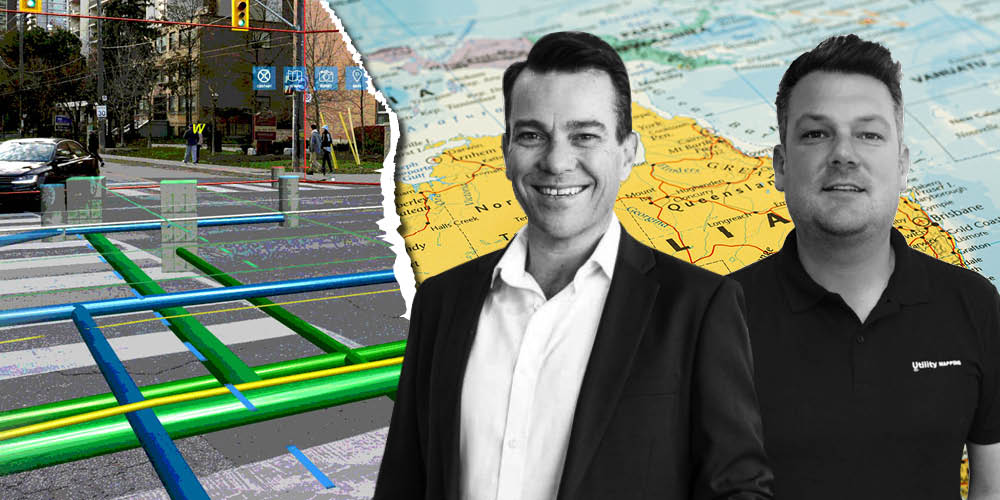
By Pulkit Chaudhary
CB: The SUM market in Australia is still immature. Markets in the US and UK are far more developed, and are also ahead in terms of accepting new technologies and the details of techniques used in detection methods. In Australia, I see a lot of investigation and understanding of SUM in the construction phase. However, little or no investigation happens in the plan and design phase, which is when utility networks have to be taken into consideration.
As we usher in the digital era, the owners are starting to worry about the condition of their underground assets. So, SUM has grown significantly over the last decade, and the growth in the previous five years has been enormous. We expect the trend to continue — the SUM market in Australia is estimated to grow at 22% over the next five years.
CB: In Australia, railways and airports are the most prominent investors in utility surveying. The roads and highway sector is probably the ones that lacks experience in SUM. I am not sure how it works in the USA or India, but Australia works very differently from state to state. Different states have different strong fortes in industries. And as we get to the infrastructure boom in Australia, case studies are coming up which showcase the use of SUM in different industry sectors. Therefore, the trend varies from state to state.
CB: We are, of course, using GPR and EML devices for most of our SUM-related operations. However, it does depend on the project scope. For instance, we just completed a major project here in Victoria, in which we primarily used LiDAR scanning for sewer and stormwater infrastructure along with geophysical work for void detection. In some projects, we have used a little bit of acoustic location as well, but to be honest, the success rate for those have not been the best. So, we are using a bit of every technology in our operations.
CB: Today, technology plays a critical role in any business or industry. I think the most significant growth is obviously in the digital engineering space. What I mean is that it does not matter at present whether the data is captured by multi ray ground penetrating radar (GPR) or electromagnetic locators (EML), and that hasn’t changed much across the industry globally — the technology has not advanced too much. However, in this space, the software side of things is advancing much more than the hardware, with the most prominent factor being managing the subsurface utility data collated from different sources in a single unified platform.
Over the last few years, we have also seen advancements in the digital engineering and BIM space for utility data management in every project, because there is an increasing realization that you can be good at collecting the data, but if you don’t manage it, it doesn’t get its full effect into the design. For instance, we use the 12D software for the master file from which we export it to output in BIM, shapefile outputs into GIS, and Navisworks, etc. We look at 12D as our master single source of truth to manage data. So, I think that’s the biggest thing that we are seeing for sure.
PR: Yes. I would agree with Chris. I suppose there has been some improvement in detection devices and techniques, but it is mostly the computing power which has improved for the analysis of detection. From my perspective, what is essential in utility mapping is to manage the data and then deliver it back to the client, making it efficient and more accessible for them to use.
As we usher in the digital era, owners are starting to worry about the condition of their underground assets. So, Subsurface Utility Mapping has grown significantly over the last decade, and the growth in the previous five years has been enormous. We expect the trend to continue
CB: Absolutely! In Australia, there is a system called DIAL BEFORE YOU. One can go into the system, put in the area where you are working, and the system will be ready with the plans within 24 hours. I believe it is quite beneficial as it enables contractors to digitize the data in the right order and bring all the asset owners in a consolidated model. But since there is a lot of data coming in and out through the utility and land surveyors on site, many developments in data management are still due, and there is a long way ahead. We are now working towards plugging those gaps and preparing for the future.
© Geospatial Media and Communications. All Rights Reserved.